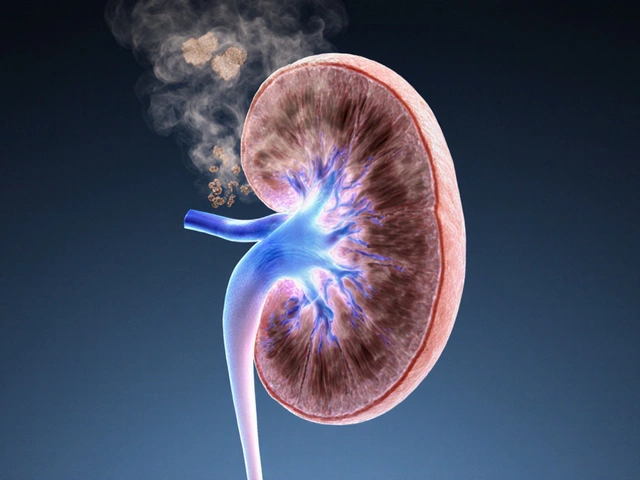Prophylactic Treatment: What It Is and Why It Matters
When you hear the word "prophylactic" you might think of condoms or vaccines, but it actually covers any step you take to stop a disease before it starts. In plain terms, prophylactic treatment is a preventive action – medication, lifestyle change, or medical device – aimed at reducing the risk of illness. It’s not about curing something you already have; it’s about staying ahead of health problems.
Why should you care? Because prevention often saves more time, money, and hassle than treatment. Think about flu shots: a quick jab each year can keep you from missing work, hospital visits, and the nasty fever that comes with the flu. That same logic applies to heart disease, migraines, infections, and even mental health conditions. Prophylaxis gives you a chance to control the odds instead of reacting after the fact.
Common Types of Prophylactic Therapy
There are three big groups you’ll run into:
- Vaccines: The classic example. Immunizations train your immune system to recognize a pathogen without you getting sick.
- Medication: Drugs taken regularly to keep a disease at bay. Examples include low‑dose aspirin to prevent heart attacks, antihistamines for seasonal allergies, and antivirals for people at high risk of flu complications.
- Lifestyle & Devices: Things like regular exercise, balanced diet, quitting smoking, or using a nightly CPAP machine for sleep apnea. Even simple actions like wearing sunscreen count.
Each type works differently, but the goal is the same – lower the chance that a problem will appear. In many cases, a combination works best. For instance, a person with high cholesterol might take a statin, follow a heart‑healthy diet, and get regular check‑ups.
How to Choose the Right Prevention Plan
Start with a quick risk check. Ask your doctor about your family history, age, and any existing conditions. If you’re prone to migraines, a daily magnesium supplement could be a low‑risk prophylactic. If you travel to malaria‑prone regions, a short‑term antimalarial drug is the go‑to option.
Next, weigh the benefits against possible side effects. A medication that reduces stroke risk sounds great, but if it causes frequent bleeding, it may not be worth it for everyone. Talk openly with your healthcare provider about what you’re comfortable with.
Don’t forget cost and convenience. A cheap, over‑the‑counter supplement that you can take with breakfast is easier to stick with than a pricey injection you have to schedule every month.
Finally, keep an eye on the evidence. New studies pop up all the time, and guidelines can shift. For example, recent research suggests that low‑dose aspirin isn’t beneficial for everyone over 70, so the recommendation changed. Stay informed through reliable sources – medical journals, reputable health sites, or your doctor’s updates.
Prophylactic treatment isn’t a one‑size‑fits‑all deal. It’s a personalized toolbox that helps you stay healthier longer. By understanding the basics, checking your risk factors, and picking the right mix of vaccines, meds, and lifestyle tweaks, you can make prevention work for you.

Flunarizine for Cluster Headaches: Effectiveness, Usage, and Alternatives
Explore how flunarizine works for cluster headaches, its benefits, side effects, dosing, and how it stacks up against other preventive options.




